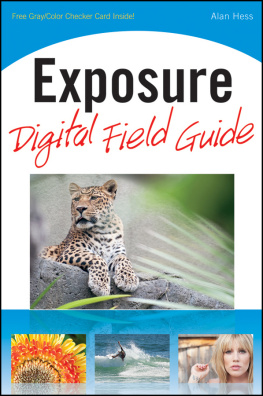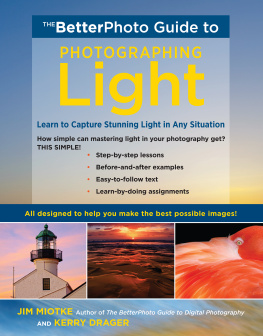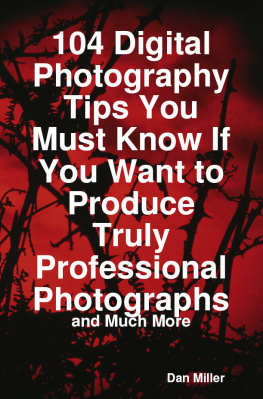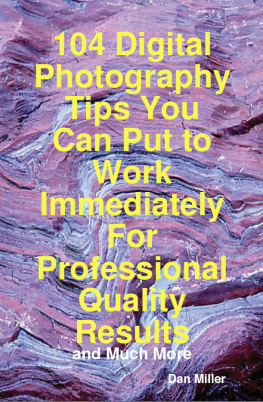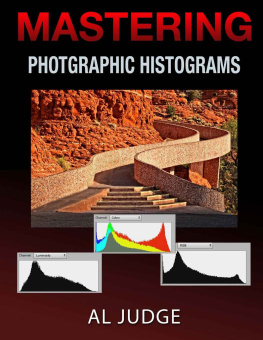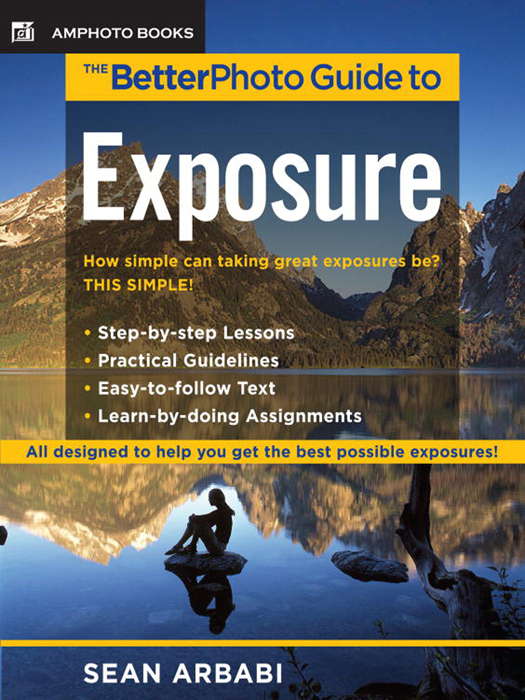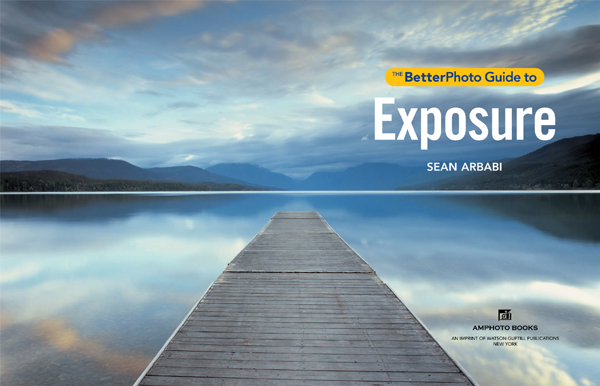Copyright 2008 by Sean Arbabi
All rights reserved.
Published in the United States by Watson-Guptill Publications, an imprint of the Crown Publishing Group, a division of Random House, Inc., New York.
www.crownpublishing.com
www.watsonguptill.com
Library of Congress Control Number: 2008932372
eISBN: 978-0-8174-0020-0
Senior Editor: Abigail Wilentz
Project Editor: Stephen Brewer
Production Director: Alyn Evans
Design by Thumb Print New York, Inc.
v3.1

Acknowledgments
I want to thank so many who assisted me with this, my first book, as well as throughout my career. As they say, you can never accomplish anything without the help of others.
To my wife, whom Ive been with for more than fifteen years, the best years of my life: Youve always let me be the person that I am, never stopped me from following my dreams, and supported me in every way. We created a wonderful family together, and I thank you with all my heart.
To my beautiful daughters: You bring me smiles every day and make me want to be the best person I can be. I hope I can transfer the visions Ive seen around this planet to create an appreciation for this world in your lives.
For all my friends and family who keep me sane, make me laugh, and add so much to life: You all mean the world to me.
To Jim Miotke and the entire BetterPhoto.com staff: You not only help me to expand my business teaching photo enthusiasts around the world, but you provide consistent positive attitudes and great vision with BetterPhoto.com. I look forward to great success for years to come.
To the various clients Ive had the pleasure to work with over the past eighteen years as a commercial photographer: Thank you for all of the articles, assignments, photo shoots, and stock sales. Each and every one of you has allowed me to live my dream, and I thank you for your business.
And finally to Victoria, Abigail, and the Amphoto crew: Big thanks for the opportunity to author this book, for believing in this project, and for your patience and assistance. Youve helped to create a fantastic book, of which I am incredibly proud.

Also Available as an eBook:
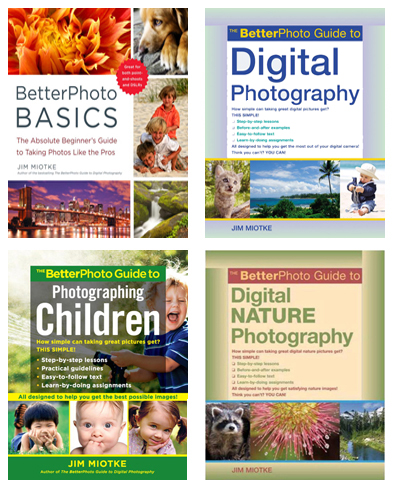
BetterPhoto Basics
Available Spring 2011:
The BetterPhoto Guide to Digital Photography
The BetterPhoto Guide to Photographing Children
The BetterPhoto Guide to Digital Nature Photography

To my daughters, who see the world in new ways every day
Contents
Chapter 1
Exposing Exposure
Chapter 2
Digital Exposure
Chapter 3
Metering
Chapter 4
Creative Techniques
Chapter 5
Lighting
Chapter 6
Difficult Exposures
Chapter 7
Flash
Chapter 8
Editing & Cataloging
Introduction

I BEGAN MY photographic journey at the age of eleven when I picked up a 110 camera (the late 70s version of a compact camera) and took candids of my familycapturing Dad in his underwear and Mom with a nighttime facial mask. From that point on I always knew Id be a photographer. Dont ask me why. It was just more of an assumption than a calculated decision. In high school I actually received an F in photography, something I like to tell my workshop students and lecture audiences. Although my grade had more to do with discipline than with the quality of my work, and my wanting to take my own photos instead of following class lessons, it still proves that you can arrive at any destination even from the worst of starting points.
So, after eighteen years capturing images around the world as a pro, and more than ten years of teaching workshops, why choose to write my first book on exposure, especially in the day and age of fix it in Photoshop? One reason is that the subject always came up in all of my lectures, telling me it was a difficult topic for most to grasp. Ive had students who have been shooting since the 1950s but still dont understand exposure, yet exposure is the basis for all great images. Another reason is that Ive been forced to learn exposure in order to shoot fast and capture the best scene possible on each frame. When you only have one chance to get the shot, you dont have time to review your exposureyou just need to know how to get it right in the first place. Get it in camera, I always say, or at least as much as you can.
From the camera obscura of the nineteenth century to the latest digital systems, without the appropriate exposure, a scene just cannot stand up as well, or be as powerful, striking, or memorable. What was so hard about writing this book was limiting myself. Exposure connects to every part of photography, from lighting to composition, mood to the message, subject matter to weather conditions. And the technically correct exposure is not necessarily always the best one to use. Pete Turner, a well-known commercial photographer, once said, Dont forget manual settings on your camera. You can create a mood by not using the automatic, perfect exposures.
As true as this is, when teaching exposure you cant just stop here. People want specific information, yet that is hard to provide, since exposure depends on a myriad of specific conditions. Some try to apply photographic tables or the flow-chart approach, and although this may work in theory, it rarely does in a variety of real-life situations.
The goal for my book is to lay out various methods of exposure. Instead of listing tons of mathematical equations for exposure, I attempt to address topics in a real-world fashion, since so much of photographic exposure is scenario driven. I offer tips and techniques and explain the general rules, yet so many intangibles play a huge role that there is no way to show someone how to expose well for every situation. By giving you a base to build from, ideas to use, and an understanding of certain tools and components, you can then make personal decisions depending on the scene in front of you, while creating images with your own styleand do it not just once, but over and over.
Besides helping you find your personal vision through exposure, I hope to slow you down and get you thinking about every aspect of your image, one by one. Thats what exposure does: It hones you in, forces you to take your time with a scene, bringing some of the art back to photography. Ive seen many photographers incorporate numerous camera functions when they dont necessarily understand what each does or why they even chose the particular setting. When workshop students inform me theyve used their top-of-the-line digital camera with a custom White Balance in Aperture Apriority, with an EV step value of 1, at ISO 400, shooting in raw, Matrix metering, while using the color space of Adobe RGB for the maximum color palette on the shots Im critiquing, I usually ask the rest of the class if anyone likes the image. My point being that all of these functions may be important, but simply applying them wont create a better final scene.


